Stats, numbers and data from Quaid e Azam Trophy 2021/22, Pakistan’s premiere First Class Cricket Tournament, organized annually by Pakistan Cricket Board.
VIDEO: Animated description



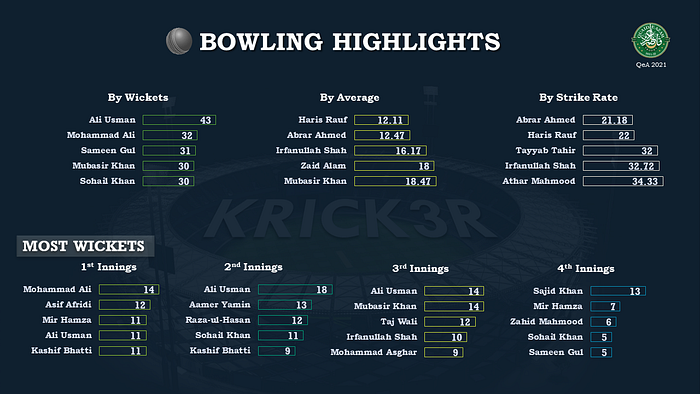





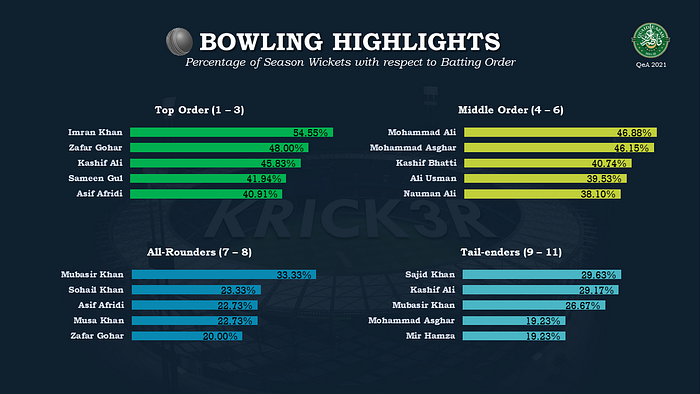













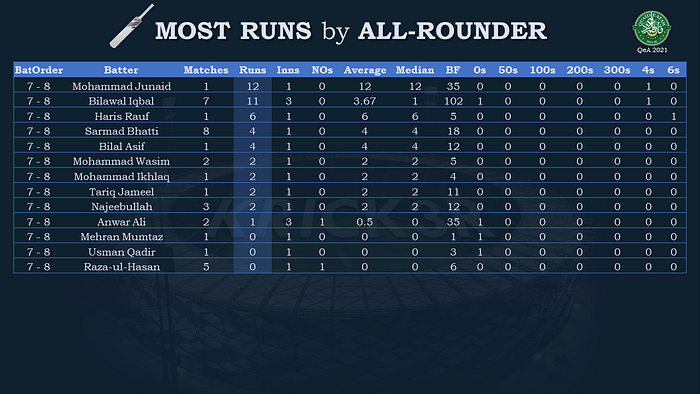










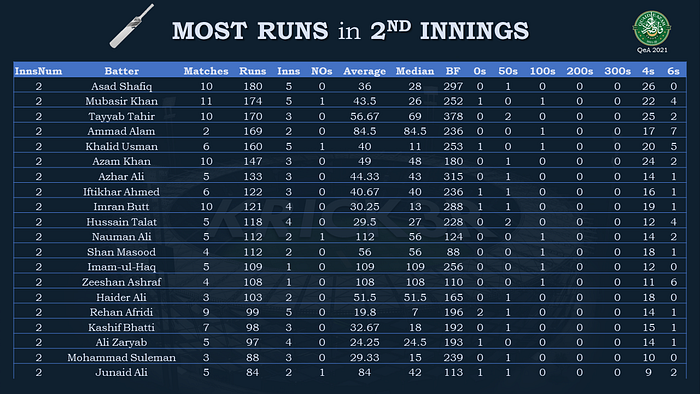































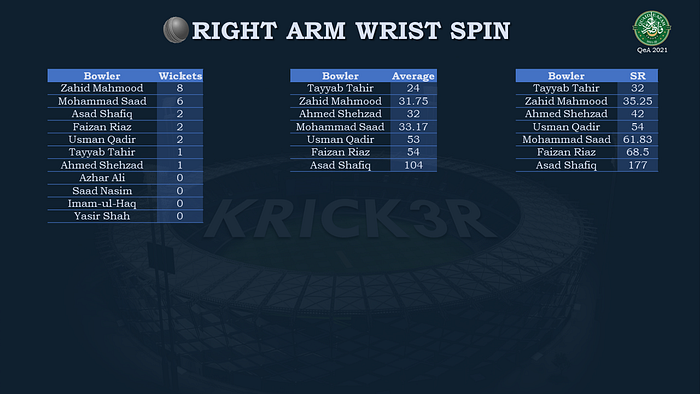









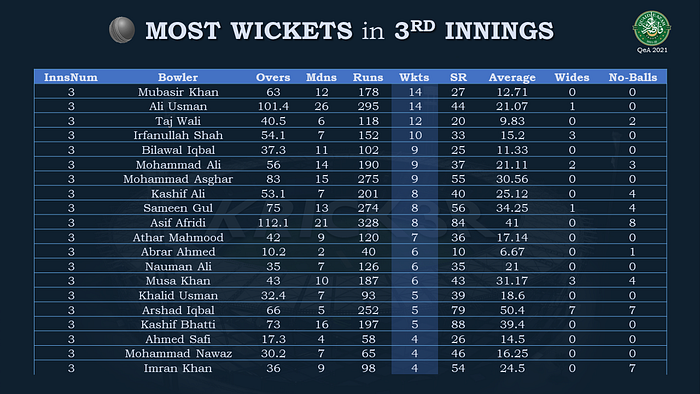


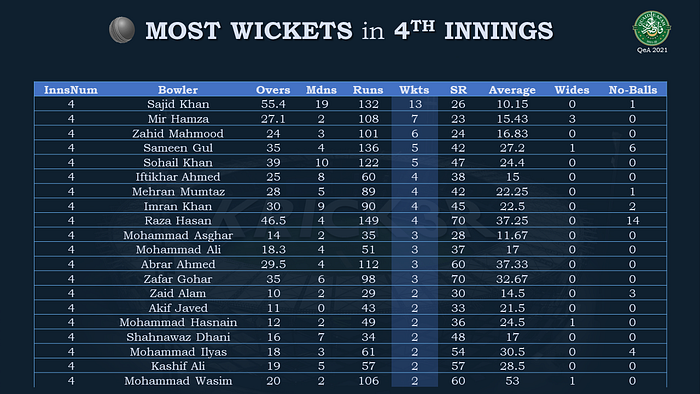




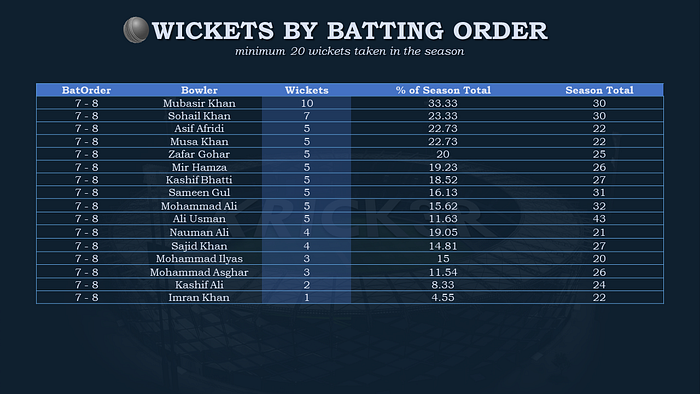


Reviews, Opinions, Analyses, Stats and Numbers
HOME | ANALYSIS | CALCULATORS | RANKINGS | ALL
Stats, numbers and data from Quaid e Azam Trophy 2021/22, Pakistan’s premiere First Class Cricket Tournament, organized annually by Pakistan Cricket Board.
VIDEO: Animated description























































































April 21, 2021
Its that time of the year when ICC Team Ratings go through
changes overnight, often resulting in changes in ICC Team Rankings. Its time
for ICC Team Rankings Annual Update. On May 1 every year, points earned earlier
than 36 months are dropped from ICC Team Ranking calculations. The weightage of
points earned earlier than May of last year is also halved. These mathematical
adjustments often leads to changes in team ratings that may effect the
changes in team rankings as well.
In ICC Test Team Rankings, West Indies are expected to break
into Top-6 Teams for the first time since the inception of official ICC Test
Ranking in 2002. West Indies are currently ranked 8th with 81 Rating
Points. The Annual Update is expected to take them to 84.41 points, surpassing
79.59 points of South Africa and 76.85 points of Sri Lanka. Both South Africa
and Sri Lanka will drop one rank in the table. England and Australia are also expected
to swap places at 3rd and 4th spot. England (currently
ranked 4th with 106 points) are expected to gain 3.14 points that
will be sufficient for them to rise above Australia (expected to lose 4.89
points). Australia are currently ranked 3rd with 113 points.
The rating points of all other teams will also be updated but not resulting in any other change in ICC Test Teams Rankings. New Zealand, Pakistan and Zimbabwe are also expected gain a couple of points. India are expected to hold on to their top rank even after losing about a point.
Bangladesh is expected to lose 4.86 rating points but the biggest loser of this
year’s ICC Test Rankings Annual Update is expected to be South Africa with the
loss of 9.41 points. It will also be the first time since August 1963 where South Africa will not be part of Top-6 Test sides (excluding their isolation era).
Meanwhile, interesting shake up, right at the top of the
table, is expected in ICC ODI Rankings. England – the current #1 ODI Team – is
expected to lose 6.12 points to slip from 121 points to 114.88 points. India (currently
ranked 2nd) are also expected to lose 3.69 points, sliding from 119
to 115.31 points. Meanwhile, Australia are expected to gain 6.55 points raising
their rating points tally from 111 to 117.55 – higher than both India and
England – and their ICC ODI Ranking to 2nd spot.
New Zealand are expected to become the highest ranked ODI
team in the world for the first time ever. They have never been ranked 1st
in ICC ODI Rankings. New Zealand are currently ranked 3rd with 118
points. They are expected to gain 2.79 points taking their tally to 120.79,
sufficient to place them highest on ICC ODI Teams Rankings table.
Sri Lanka (currently ranked 8th) and West Indies
(currently ranked 9th) are also expected to swap places in ICC ODI
Rankings. The biggest loser in this year’s annual update is expected to be
Pakistan with a loss of 5.05 points. The ICC ODI Team Rankings of other ICC
Full Member teams are expected to remain the same.
Dec 31, 2020 ( 7 min read )
The International Cricket Council, recently, announced a list of honors and awards based on performances in the last decade, the period in between January 1, 2011 till October 7, 2020.
Points calculator that outputs calculated Points Table of #HSBLPSLX based on provided results of matches yet to be played in Pakistan Super ...

![]() Juxtaposition of CRICKET and Kamran Muzaffer brings out krick3r. A techie by qualification, a business manager by profession - yet, a cricket enthusiast by heart.
Juxtaposition of CRICKET and Kamran Muzaffer brings out krick3r. A techie by qualification, a business manager by profession - yet, a cricket enthusiast by heart.
Always loved to follow and talk about the game from diverse and acute angles to pursue objective visions rather than subjective perceptions. Followed the journey of typical Cricket discussions from drawing rooms to social media and eventually landed in the world of writing.
Identified now as a hobbyist Cricket writer, analyst and commentator in print, digital and social media. Have written for Scoreline and featured in Live TV Talk Shows on PTV Sports, Hum News and Dawn News. Have also contributed in Live Running Commentary on Pakistan Cricket at domestic and international level on Radio and TV.